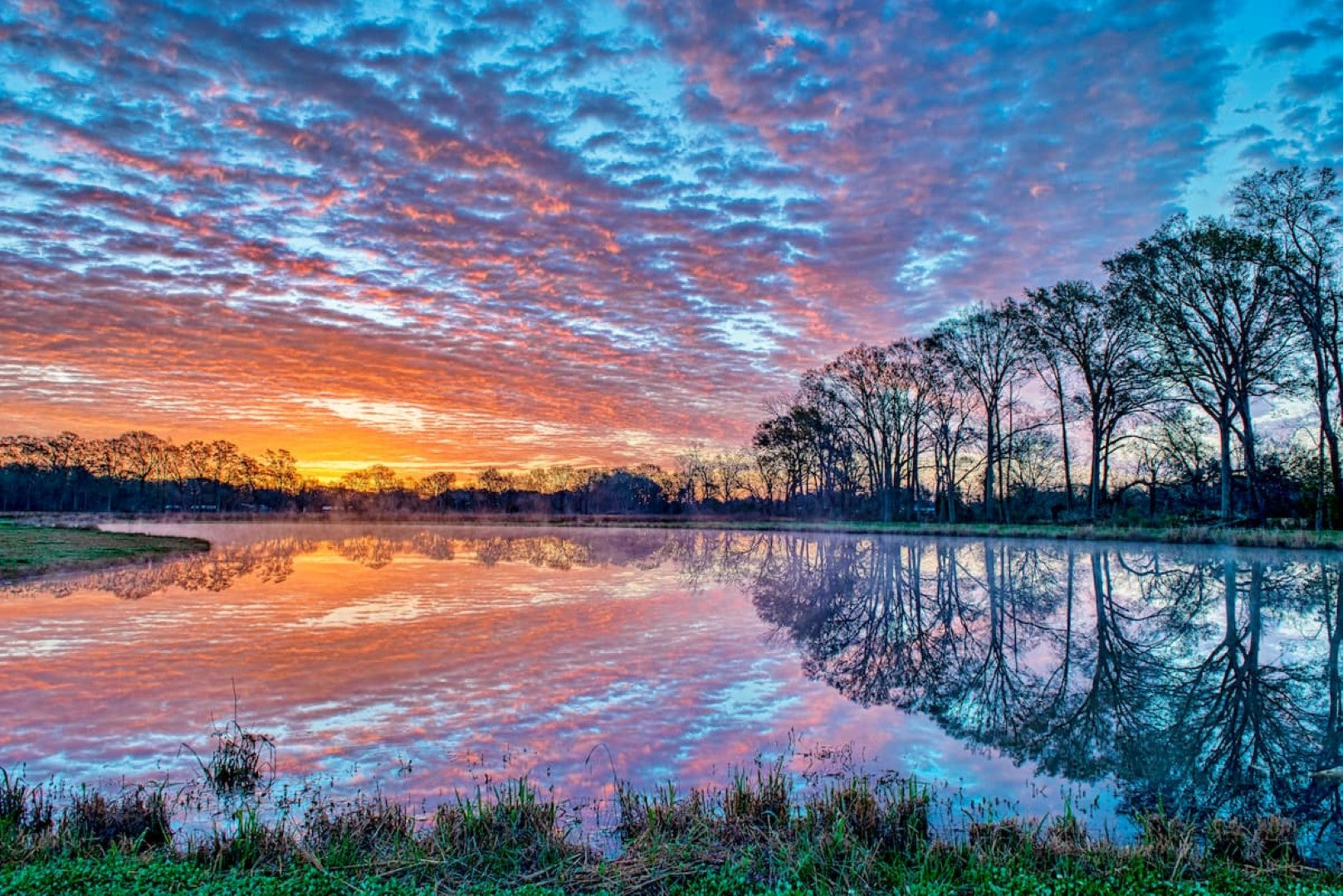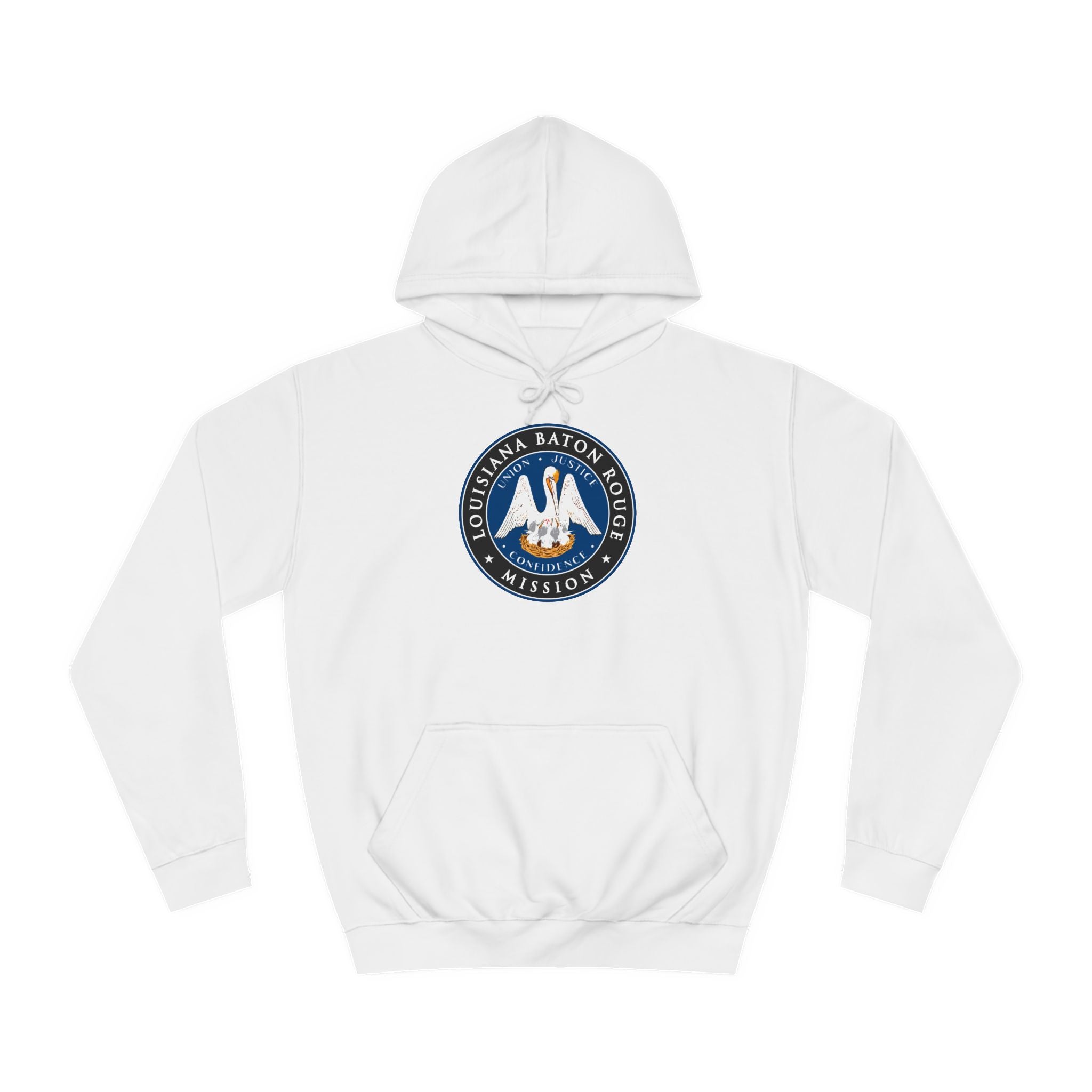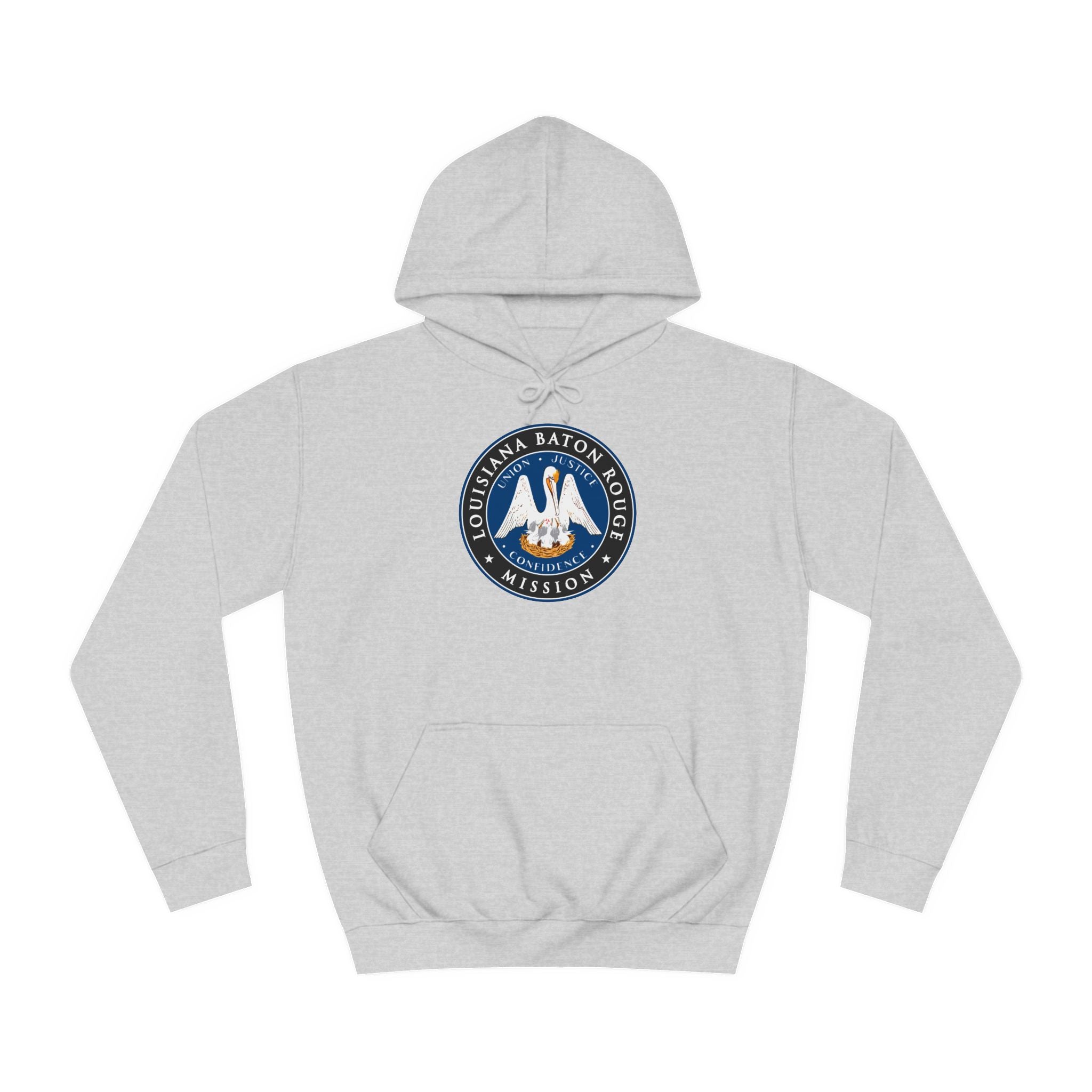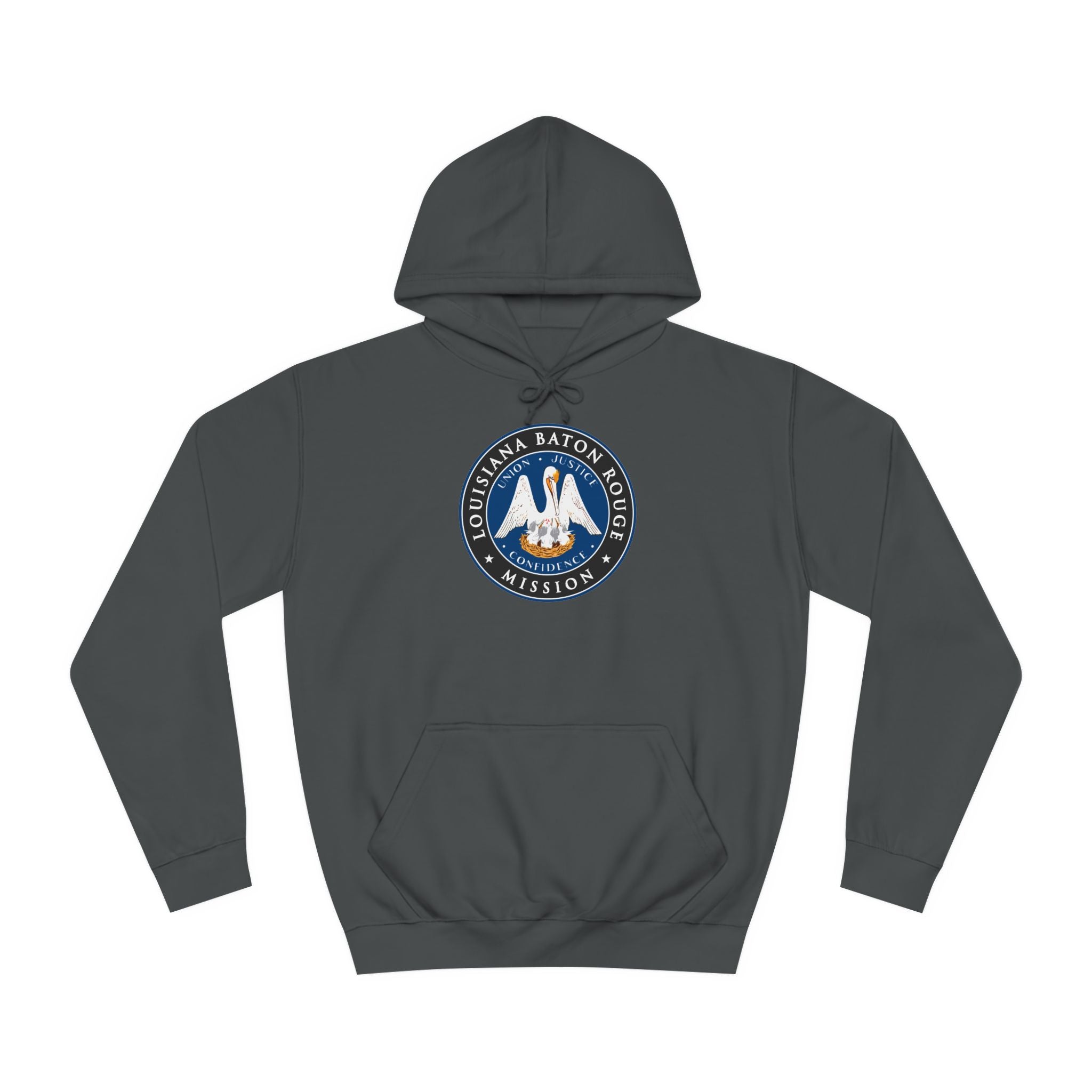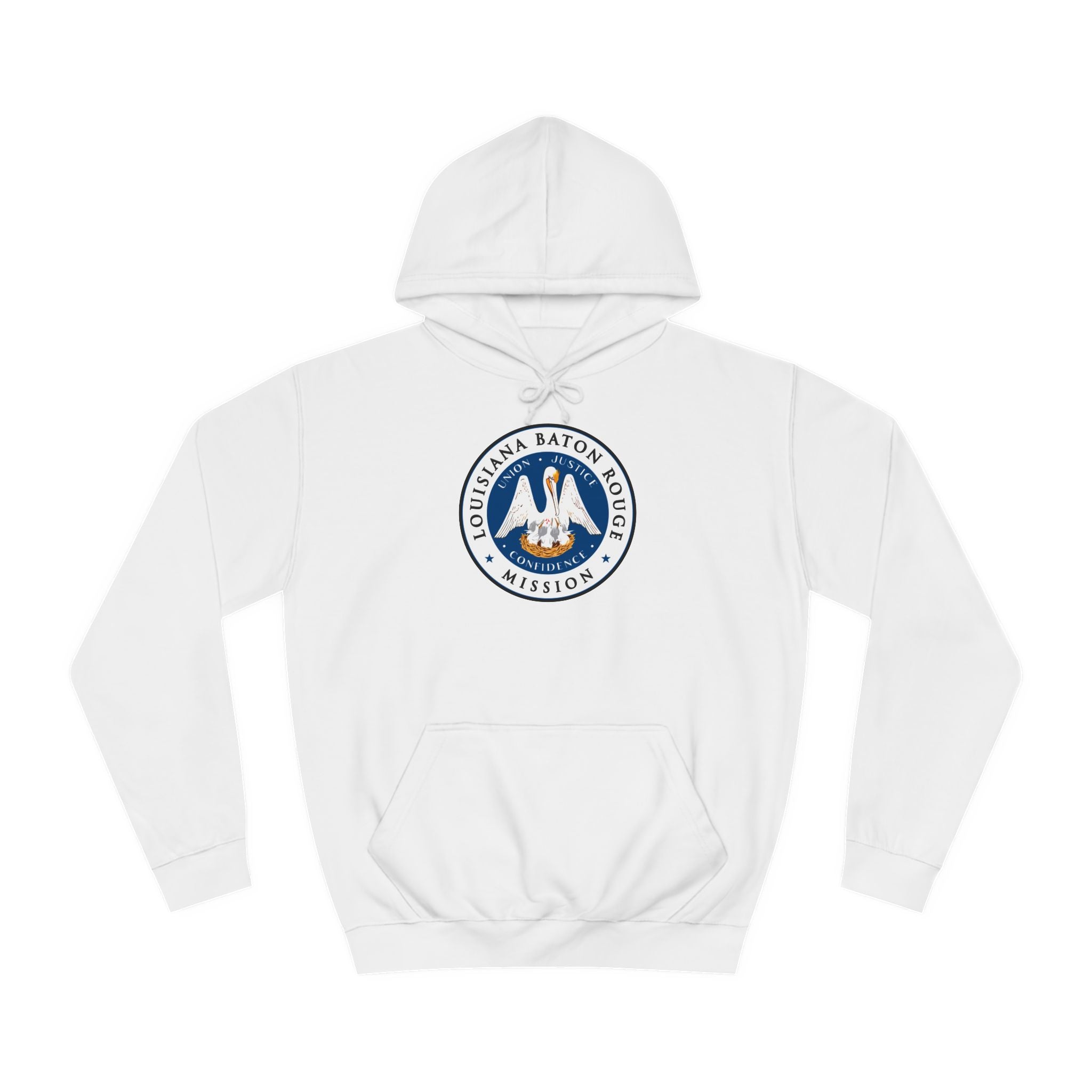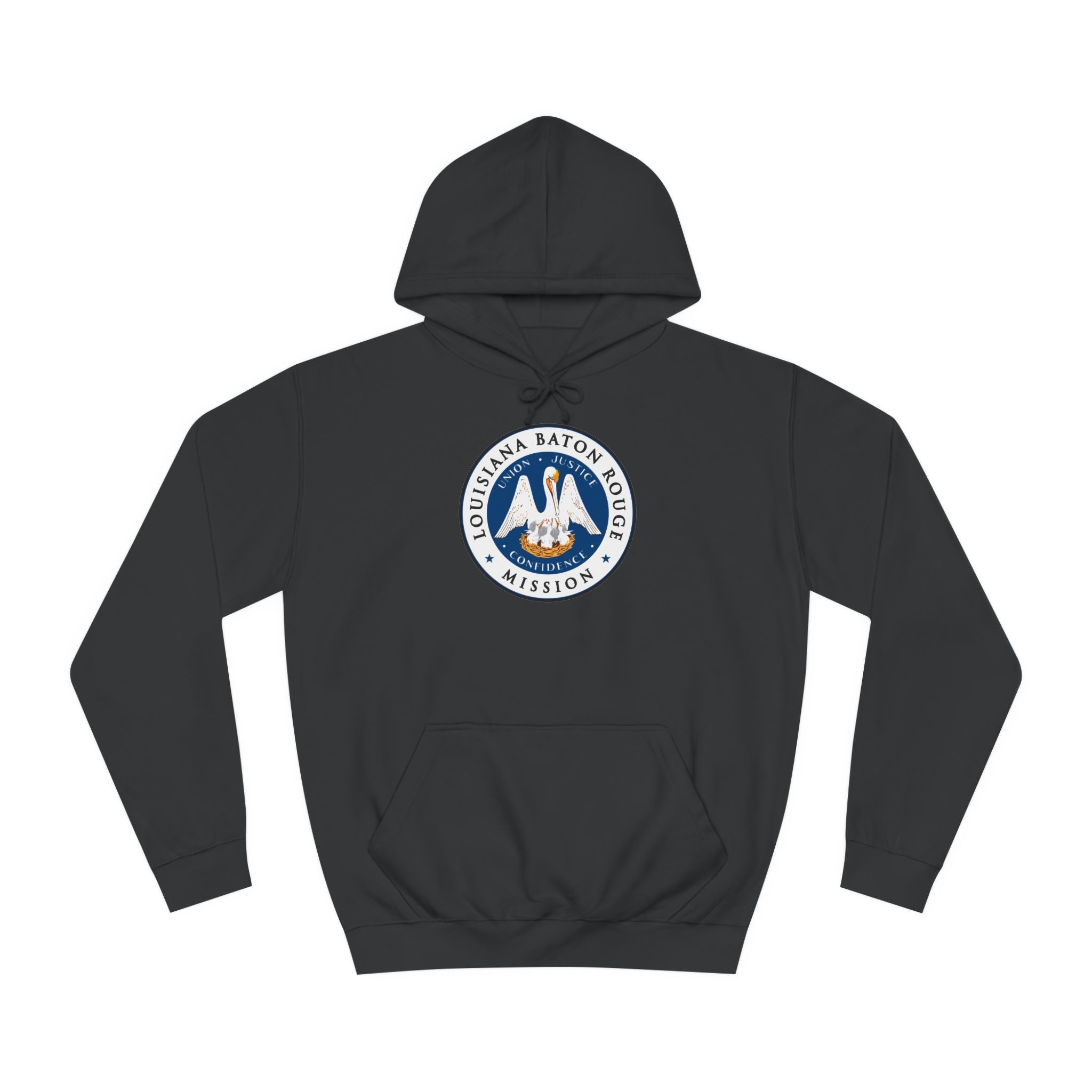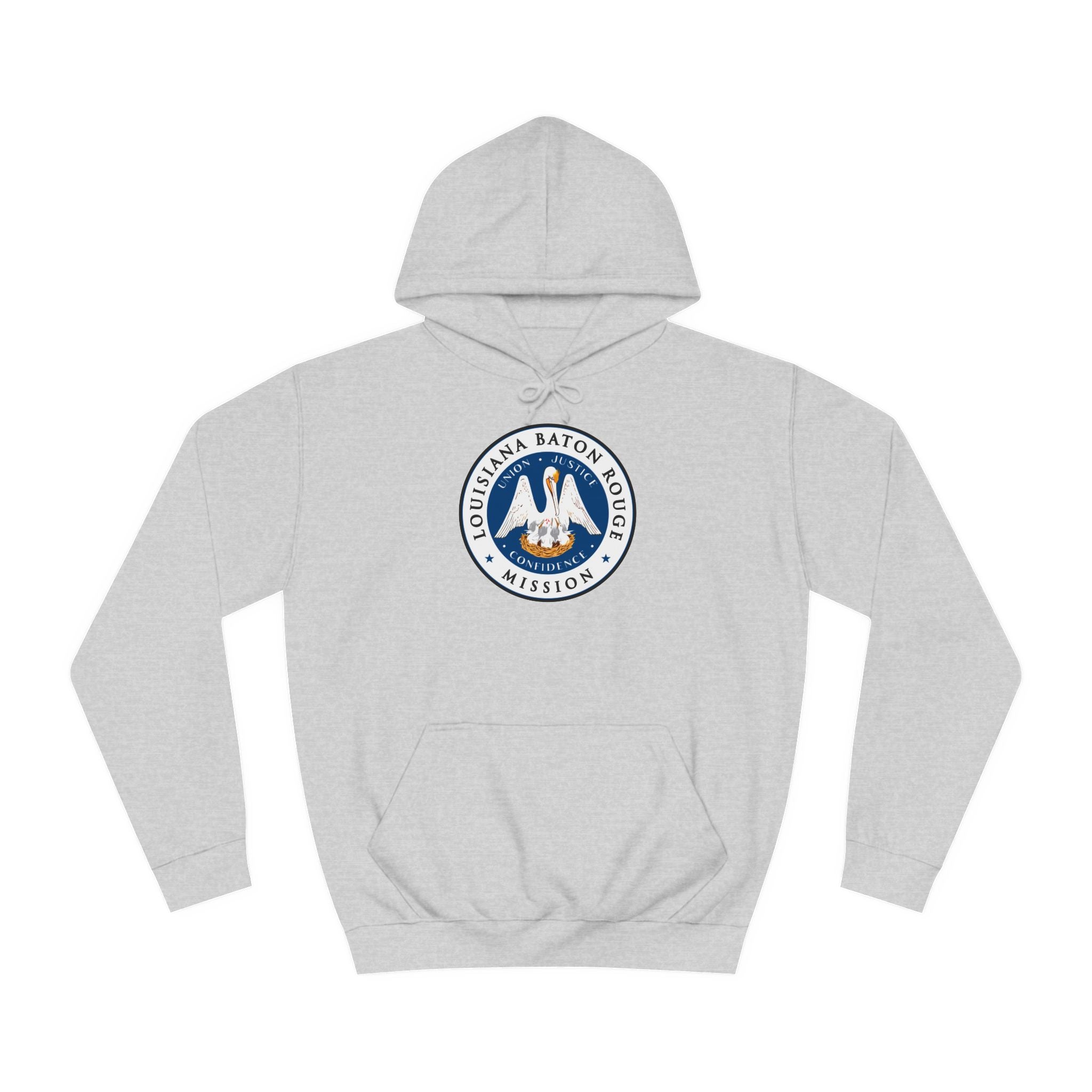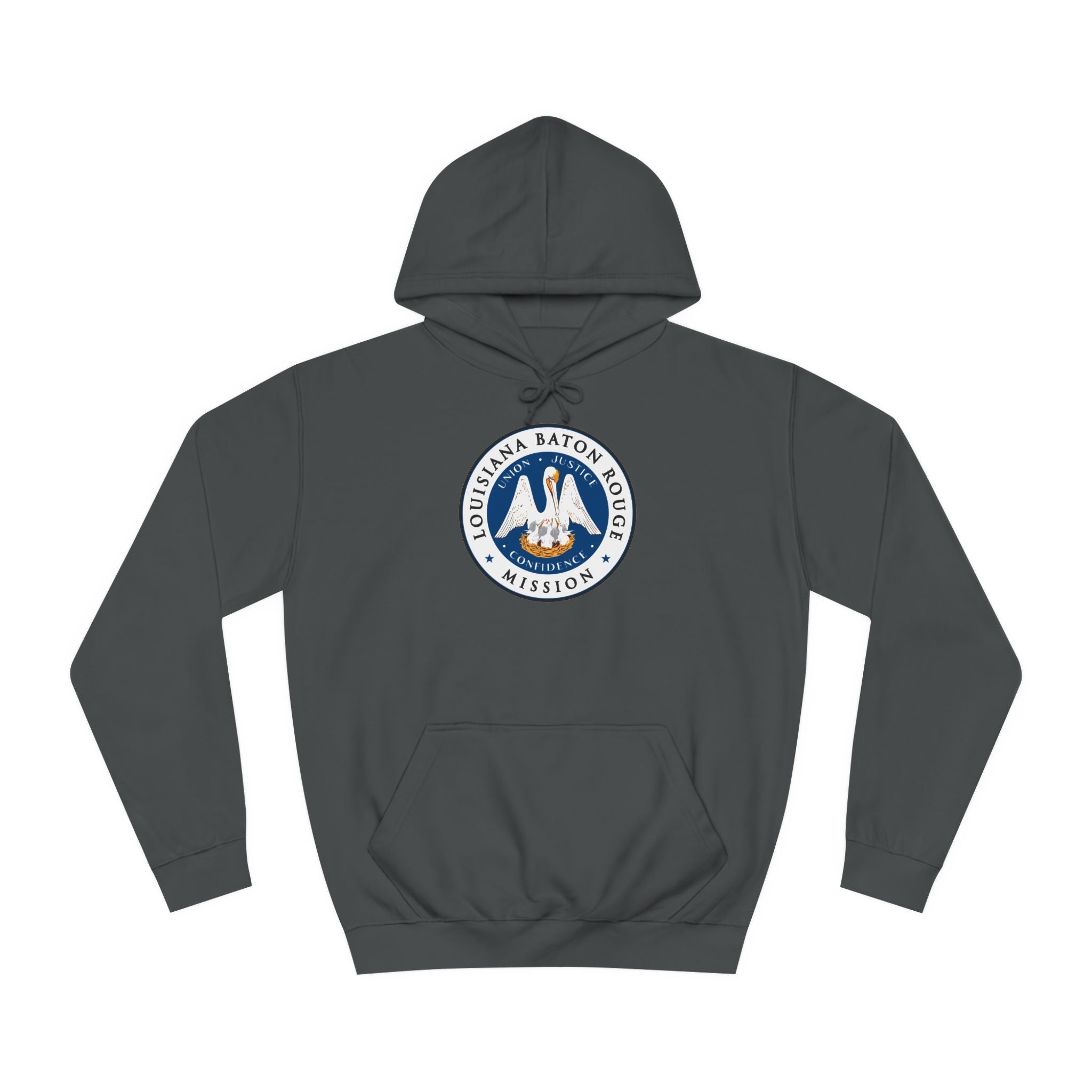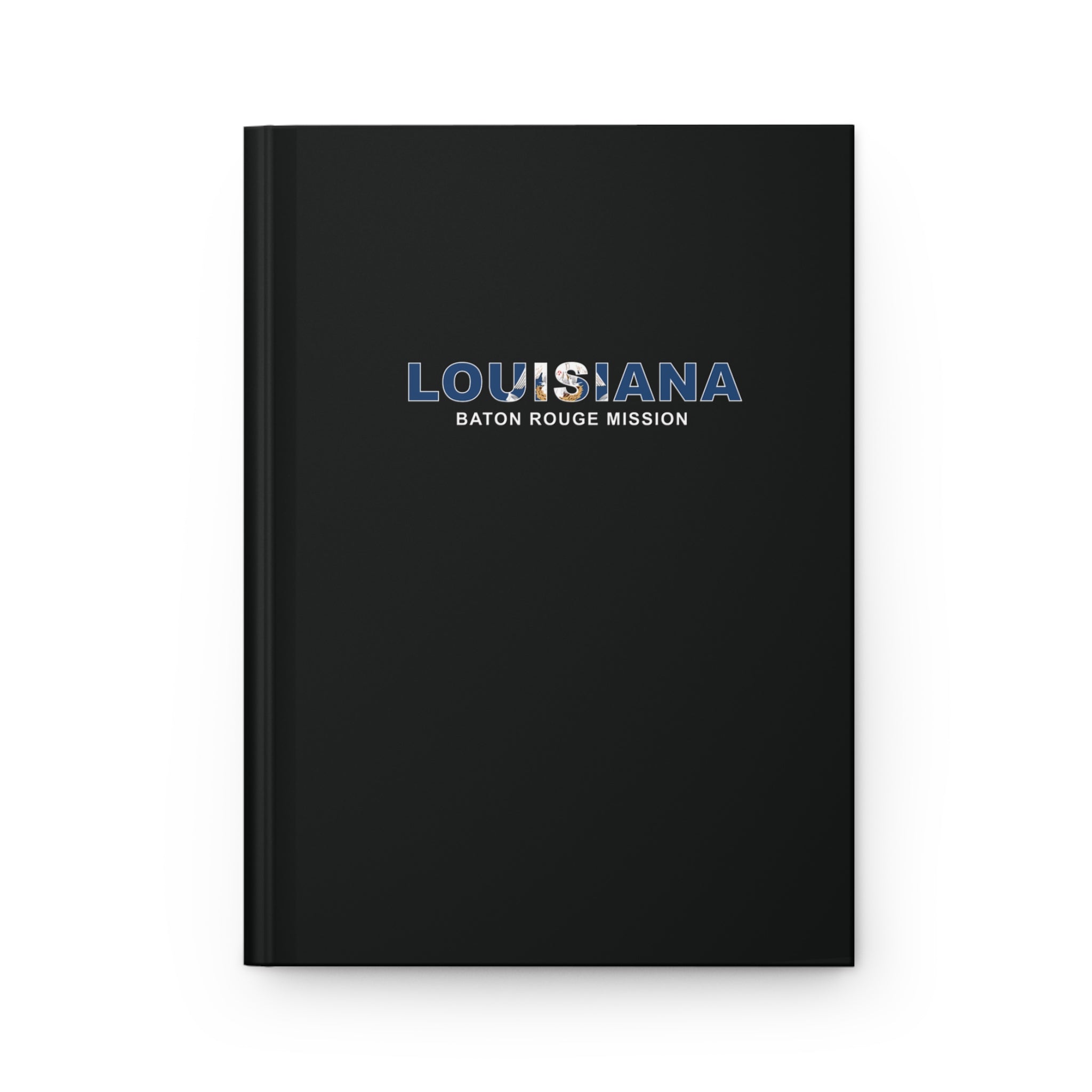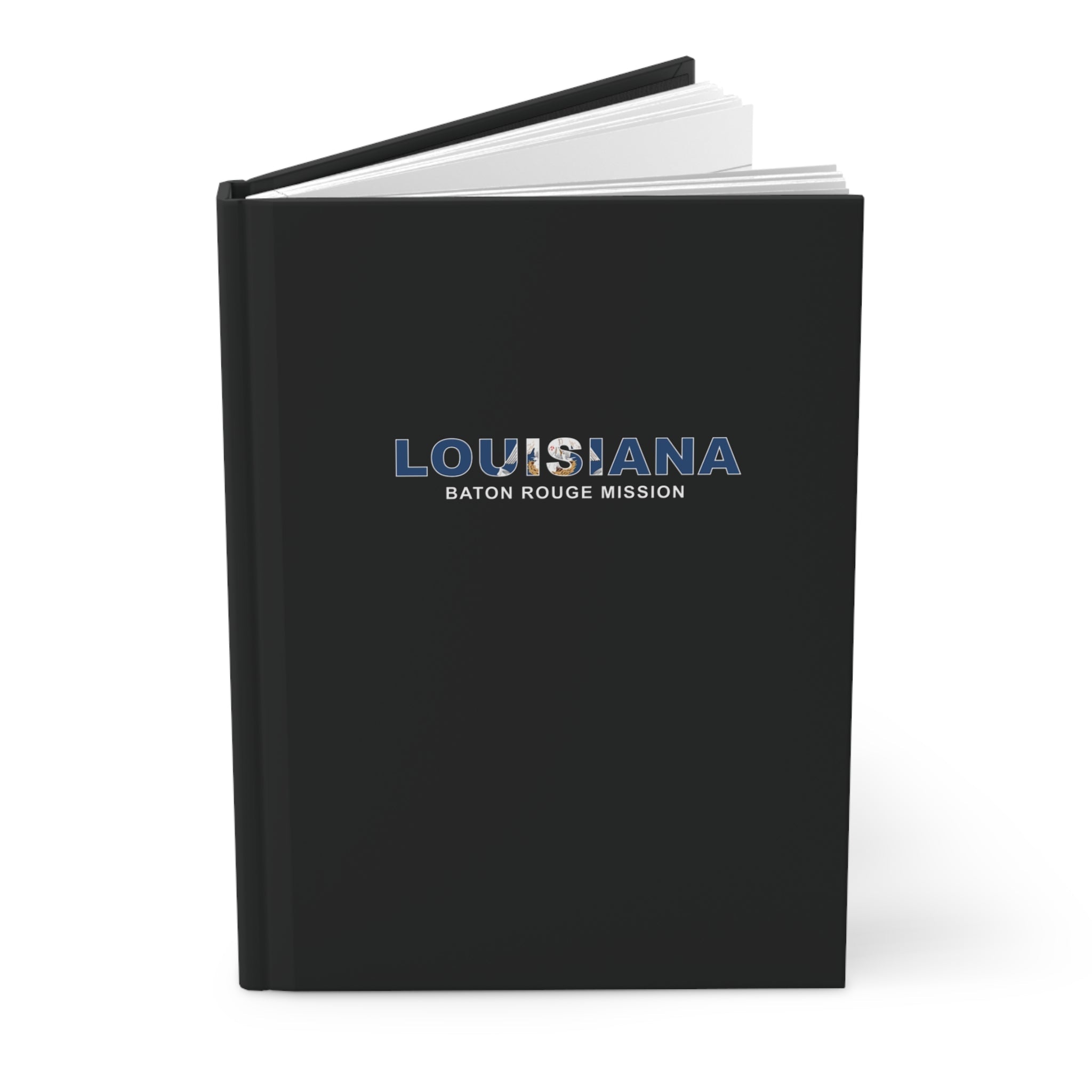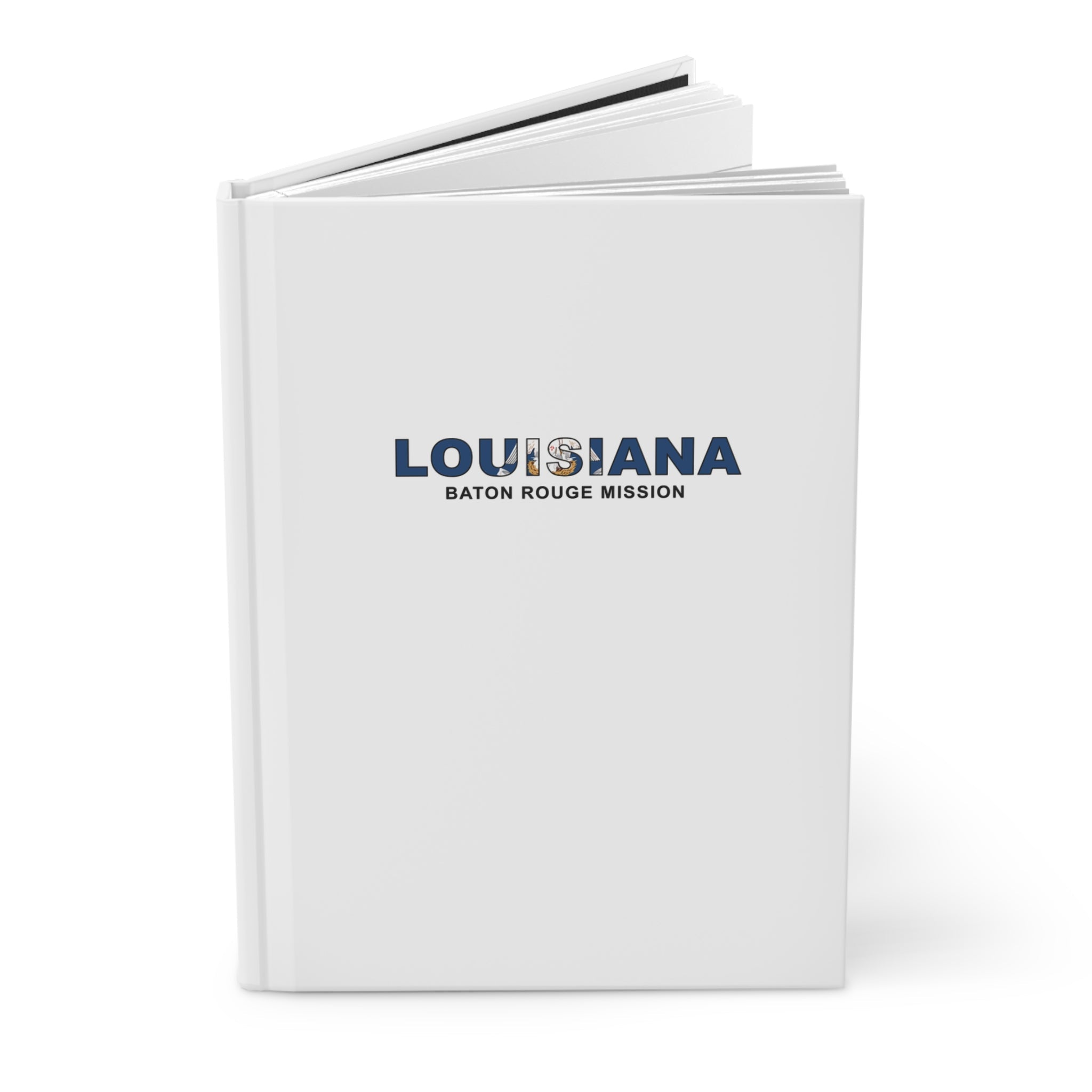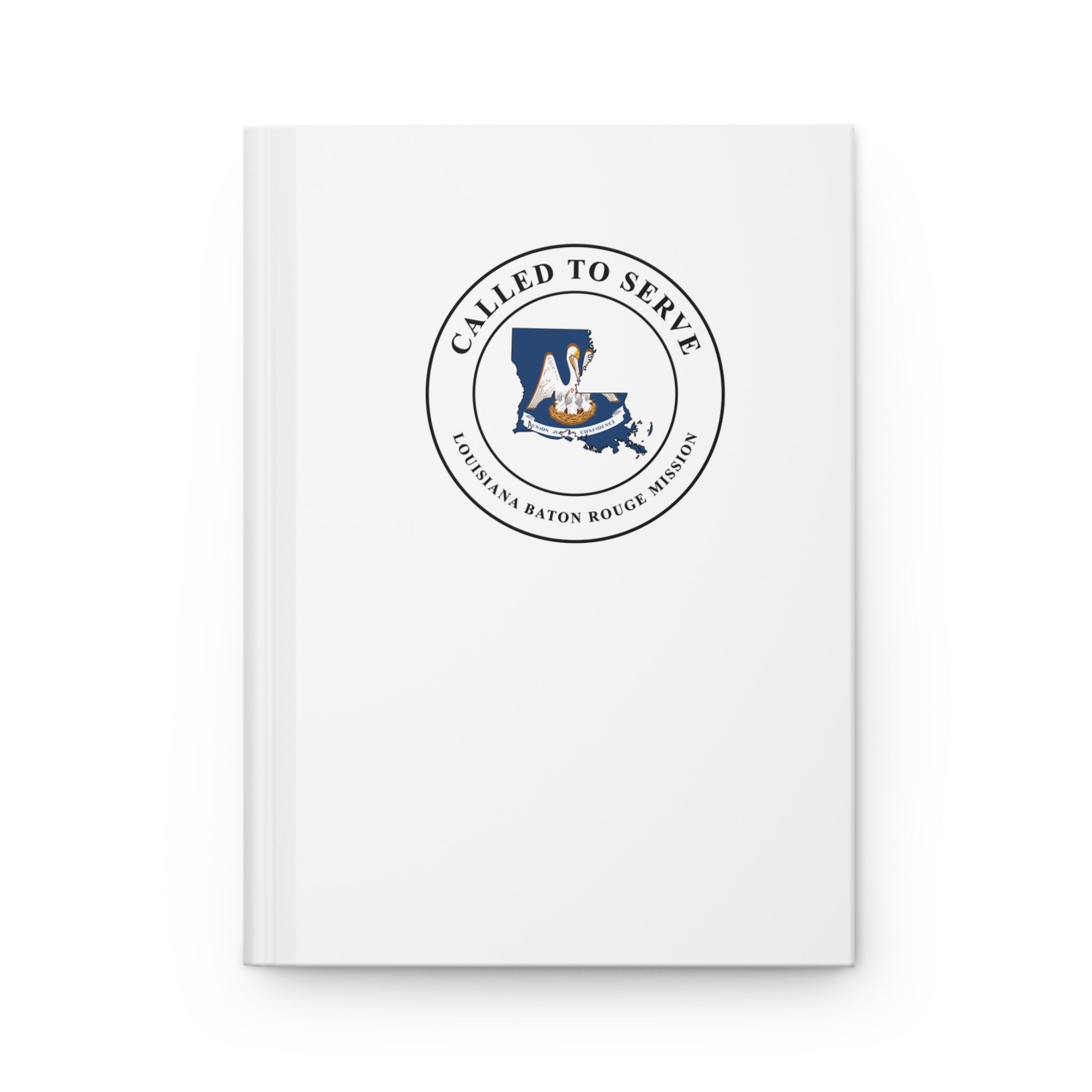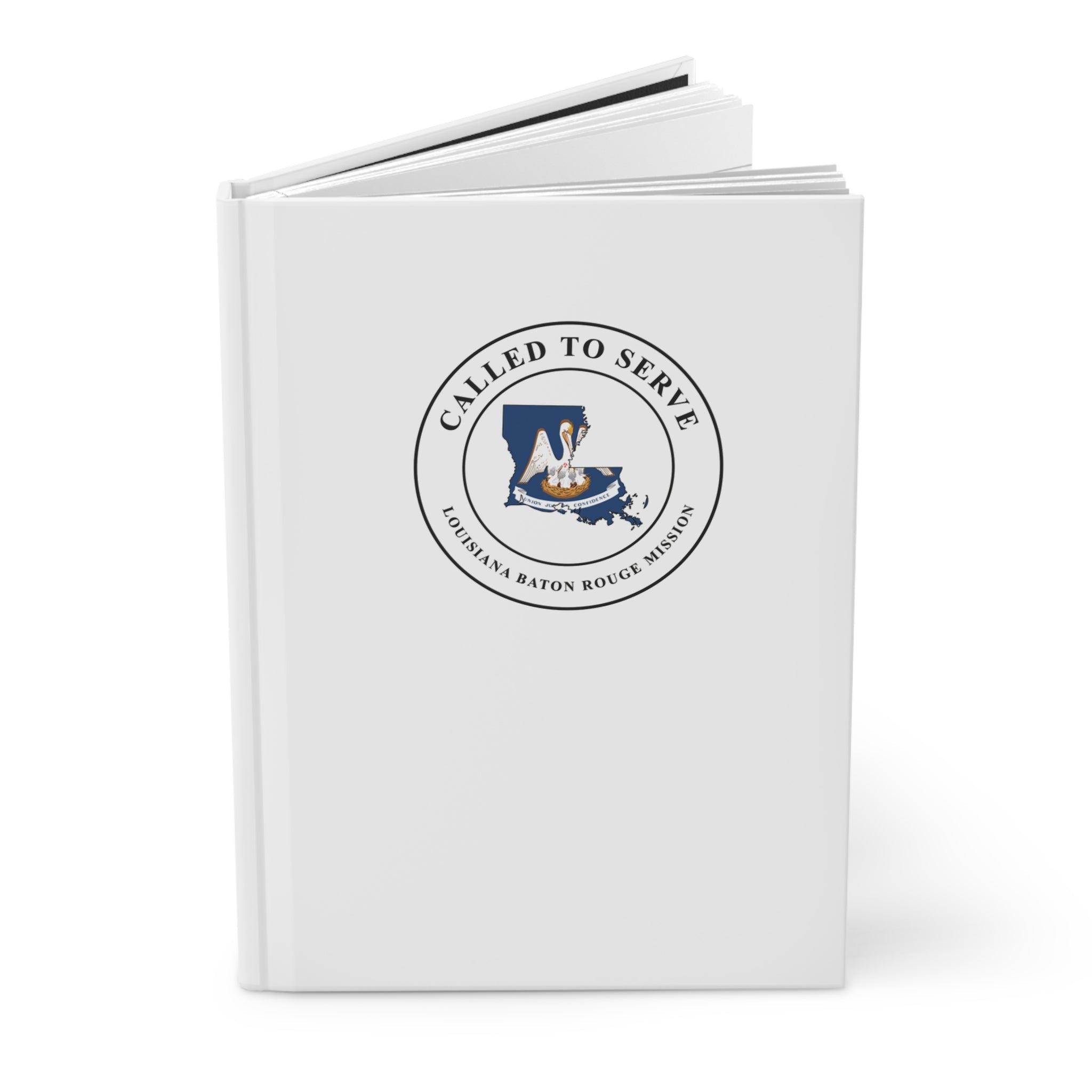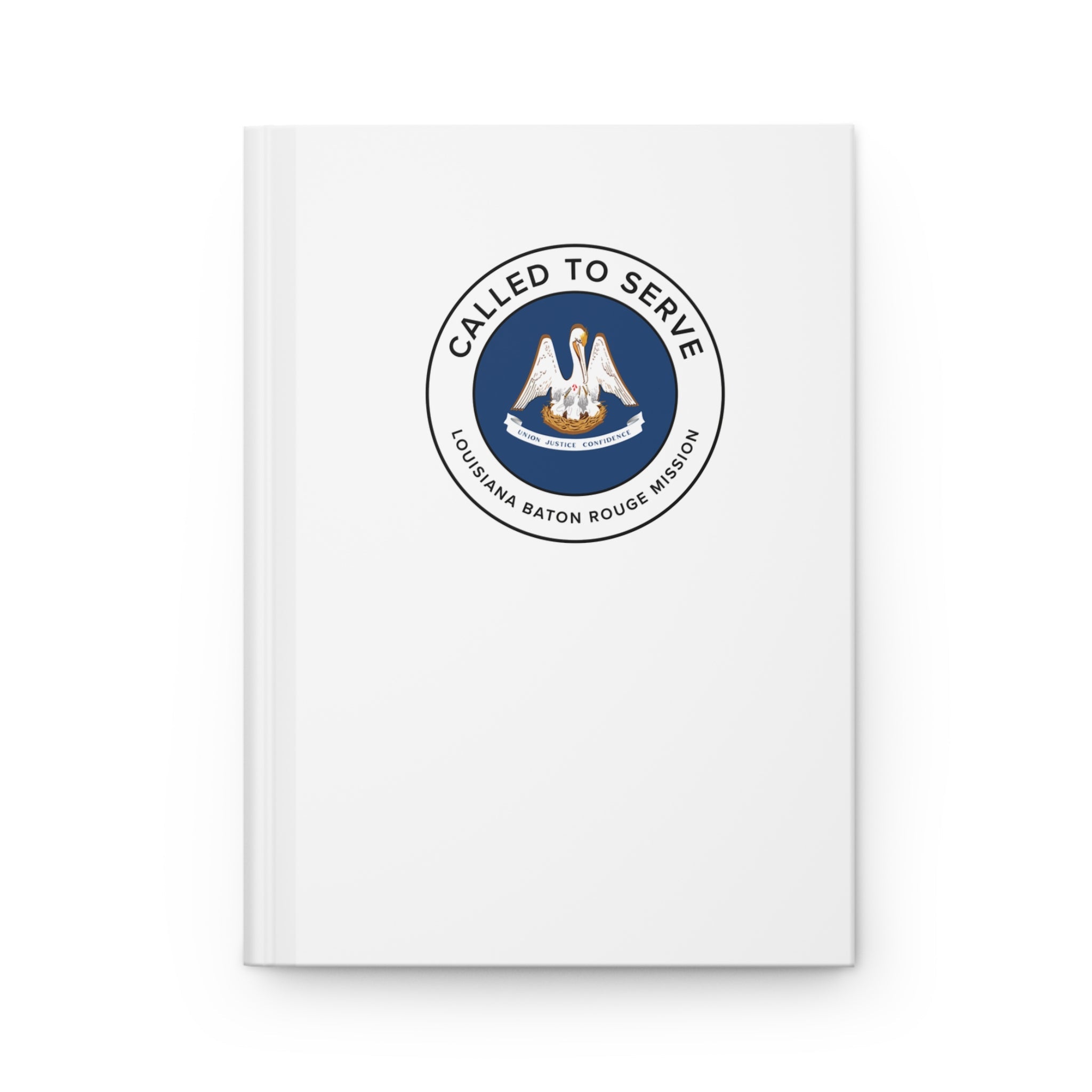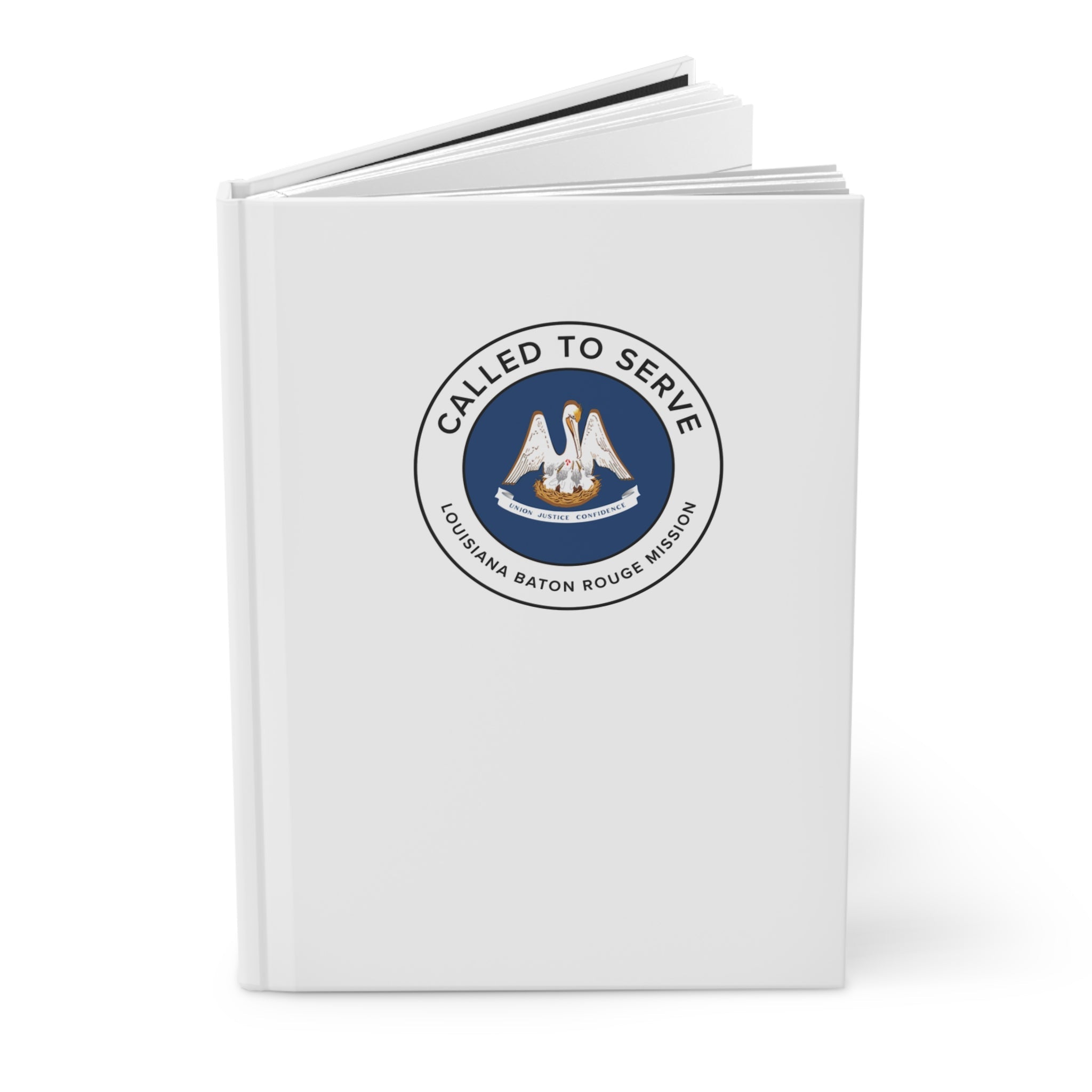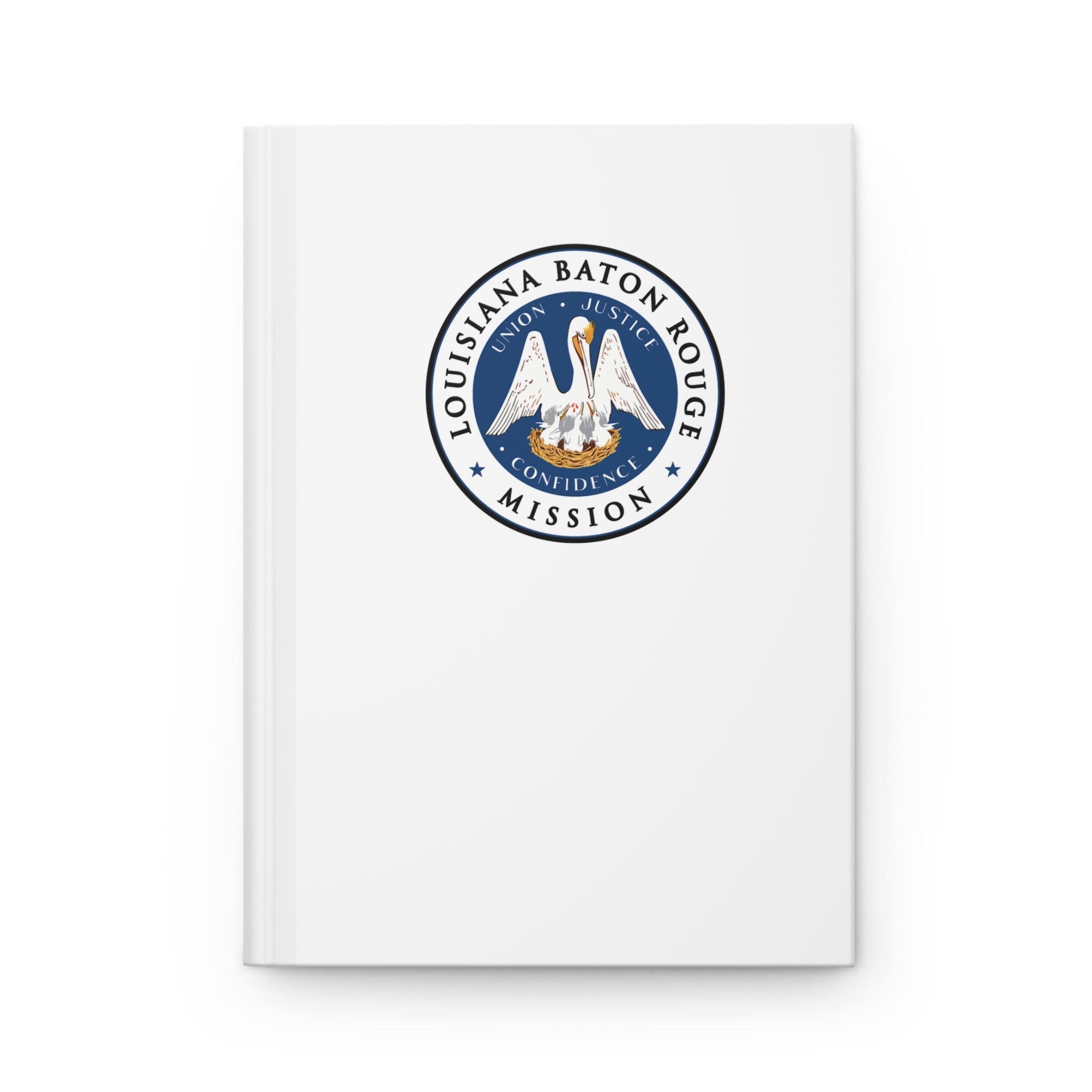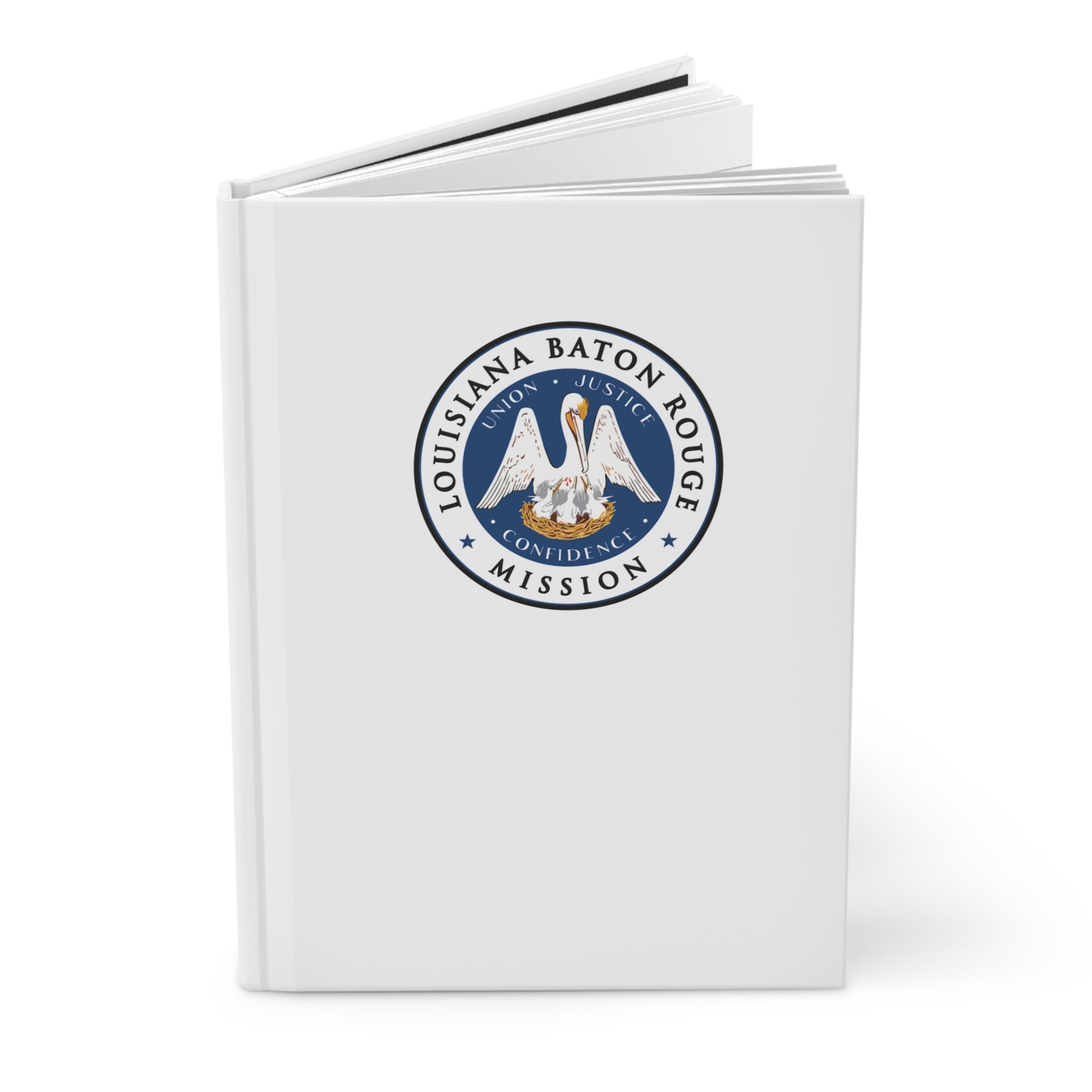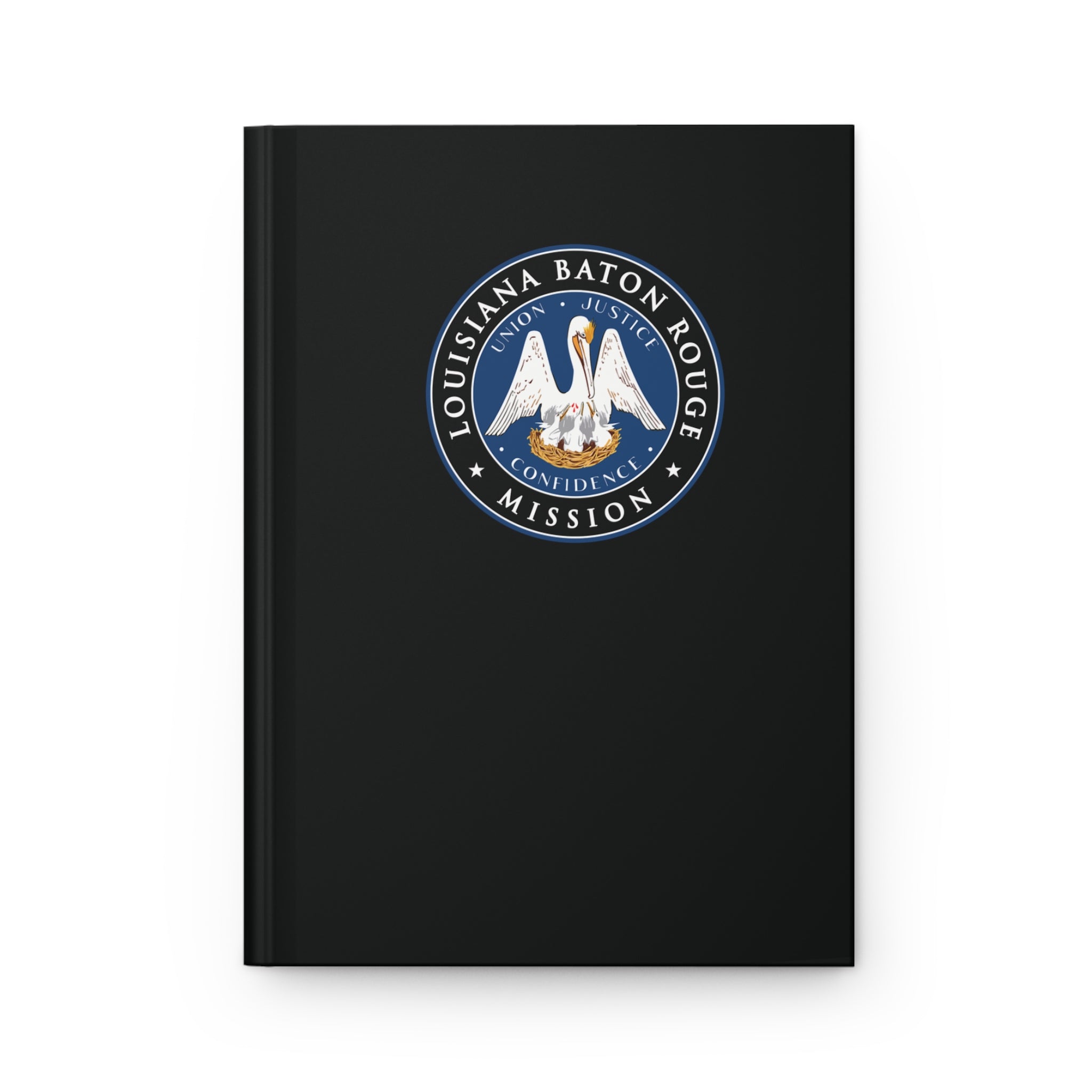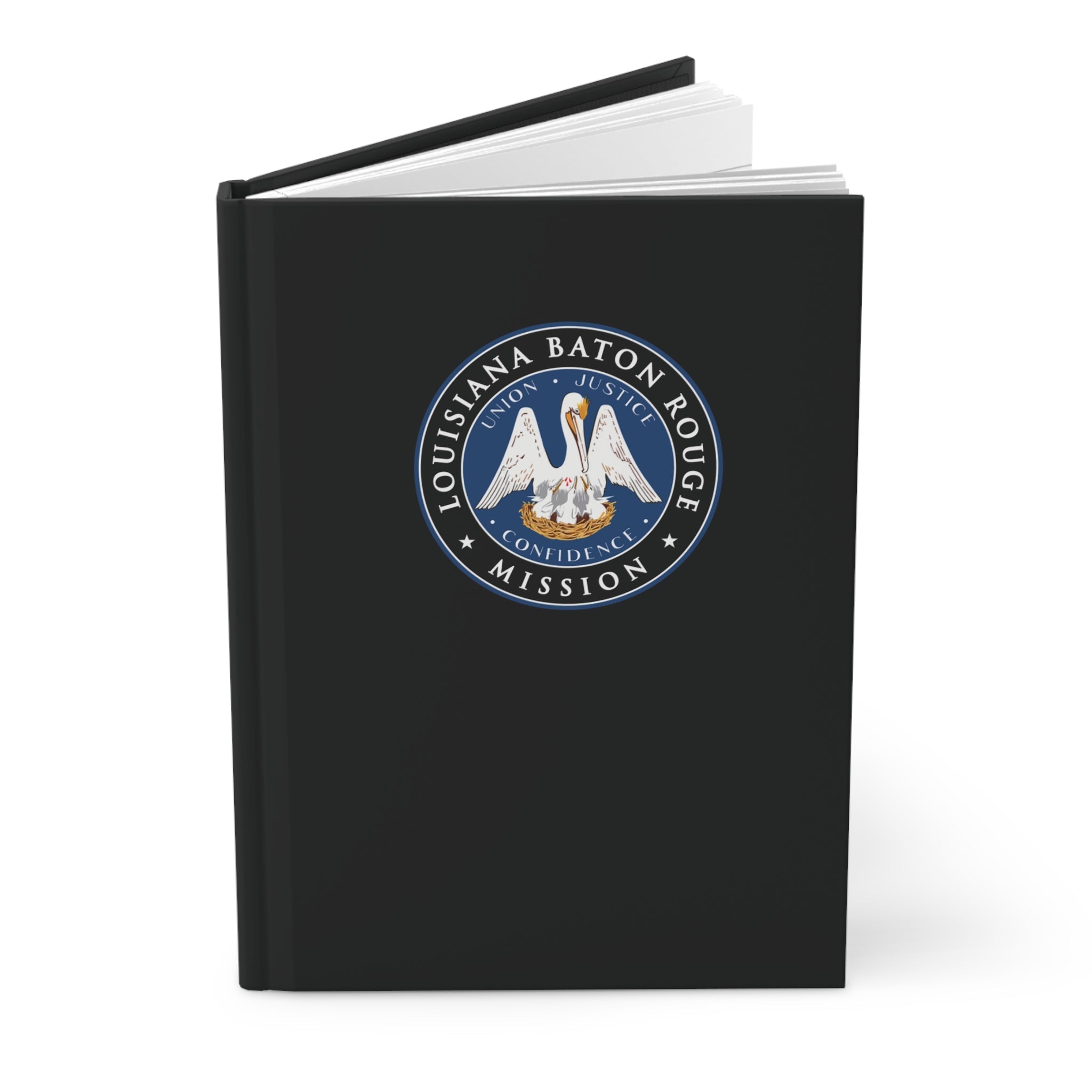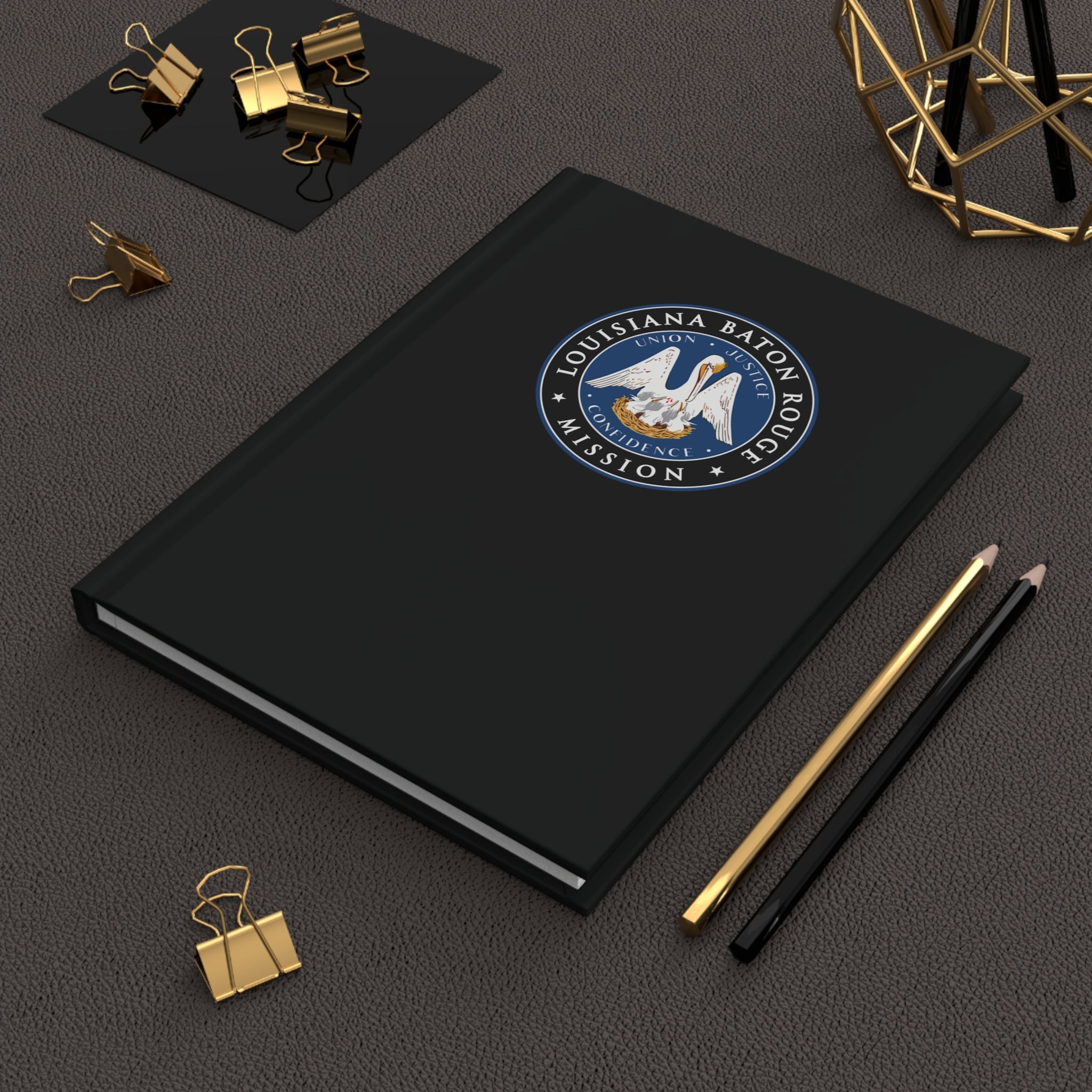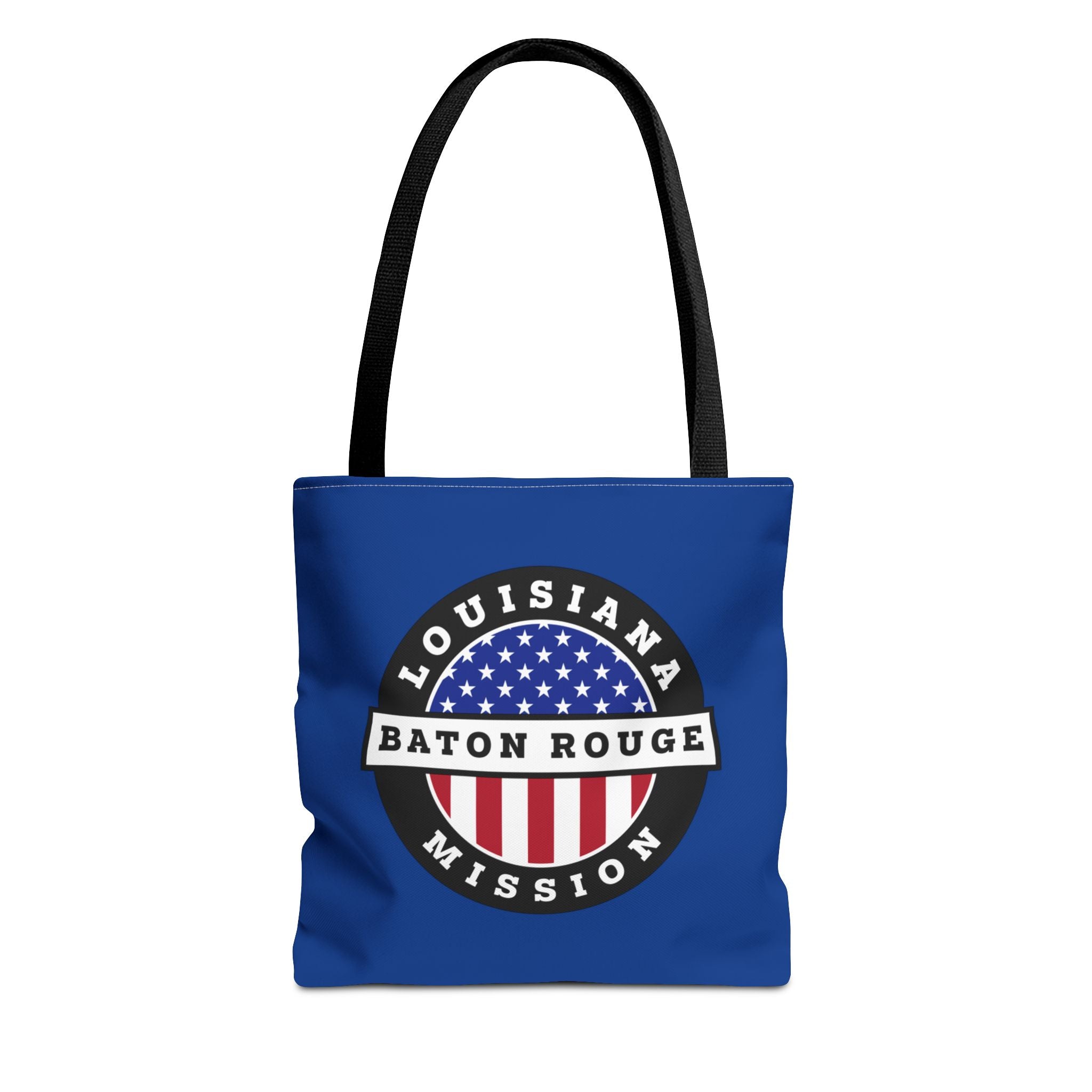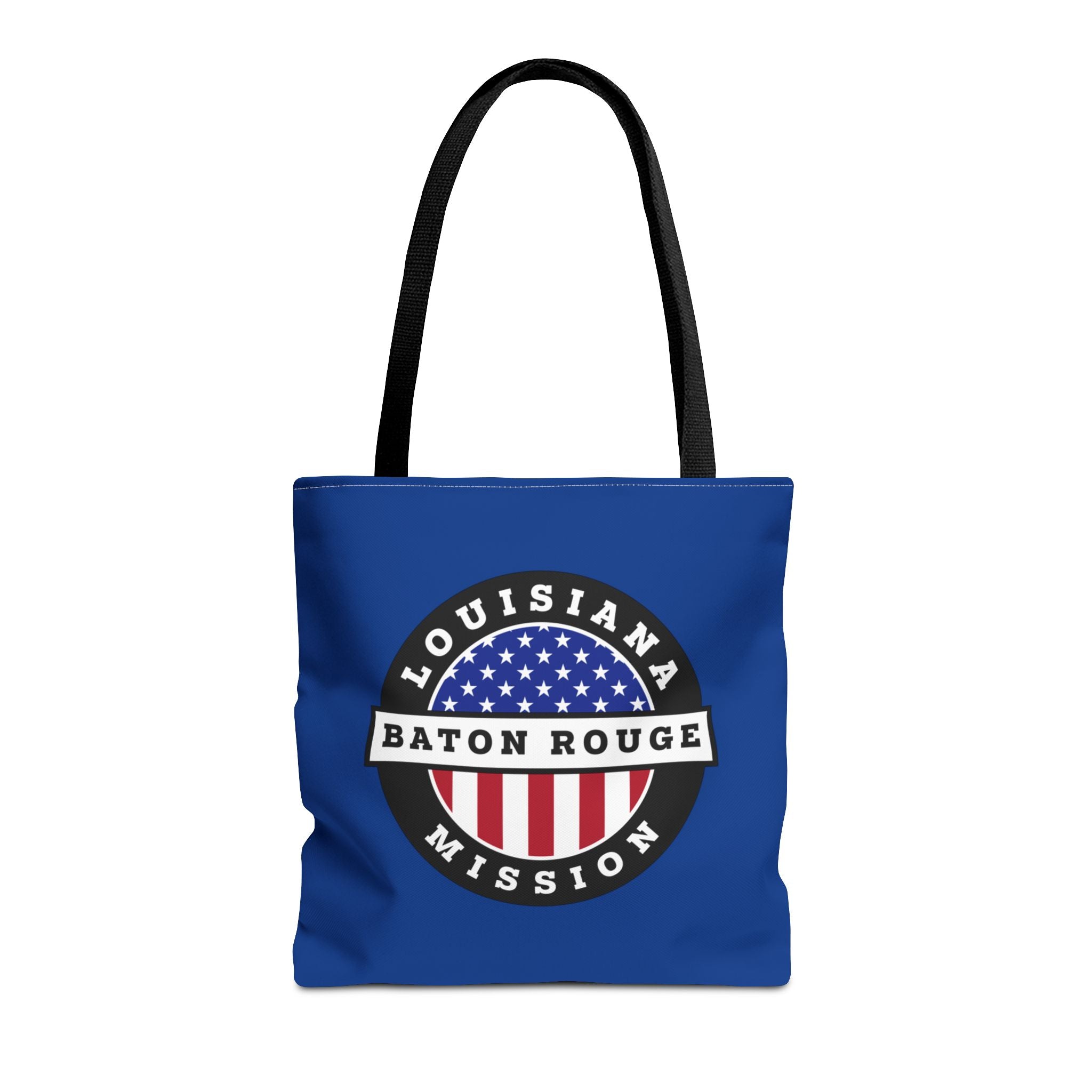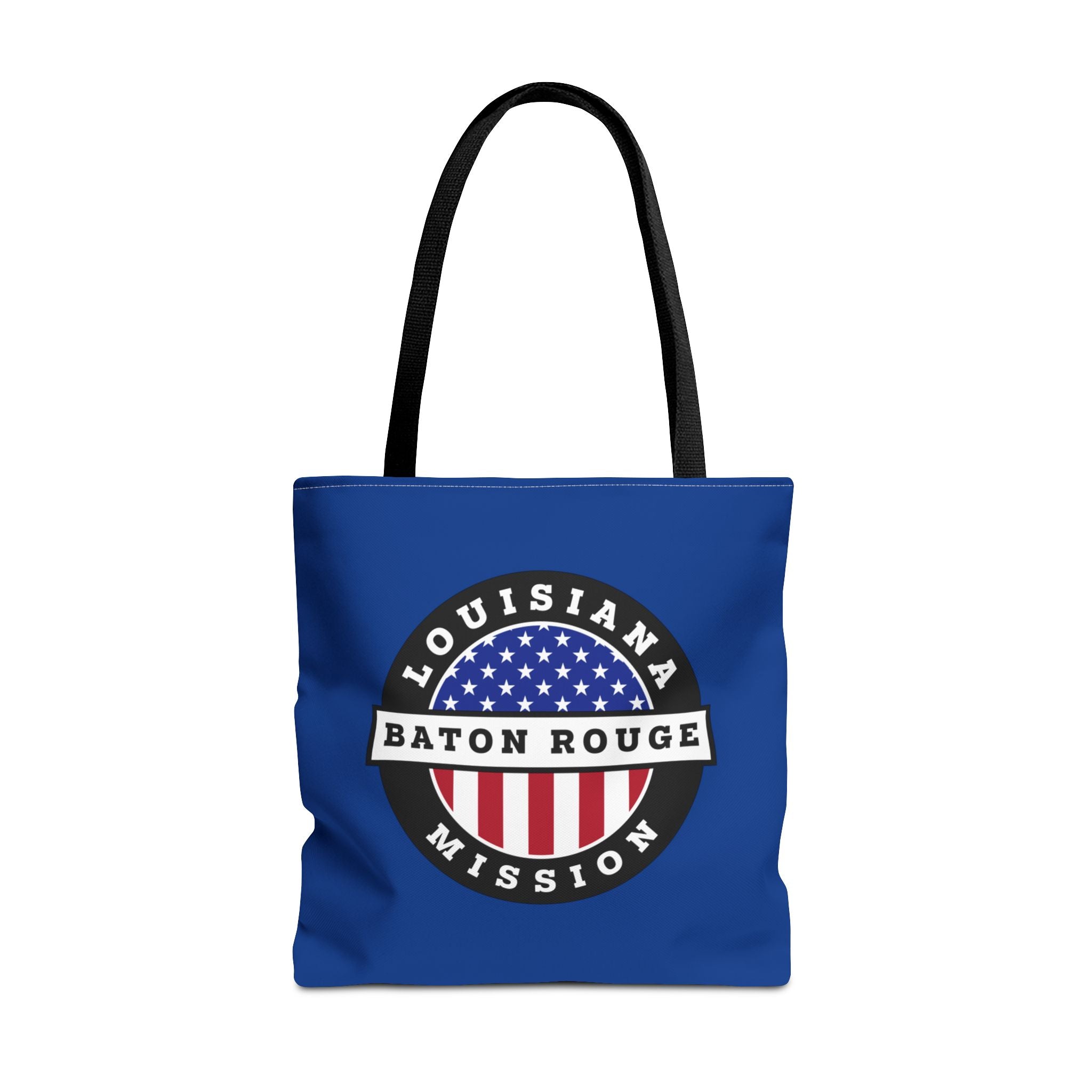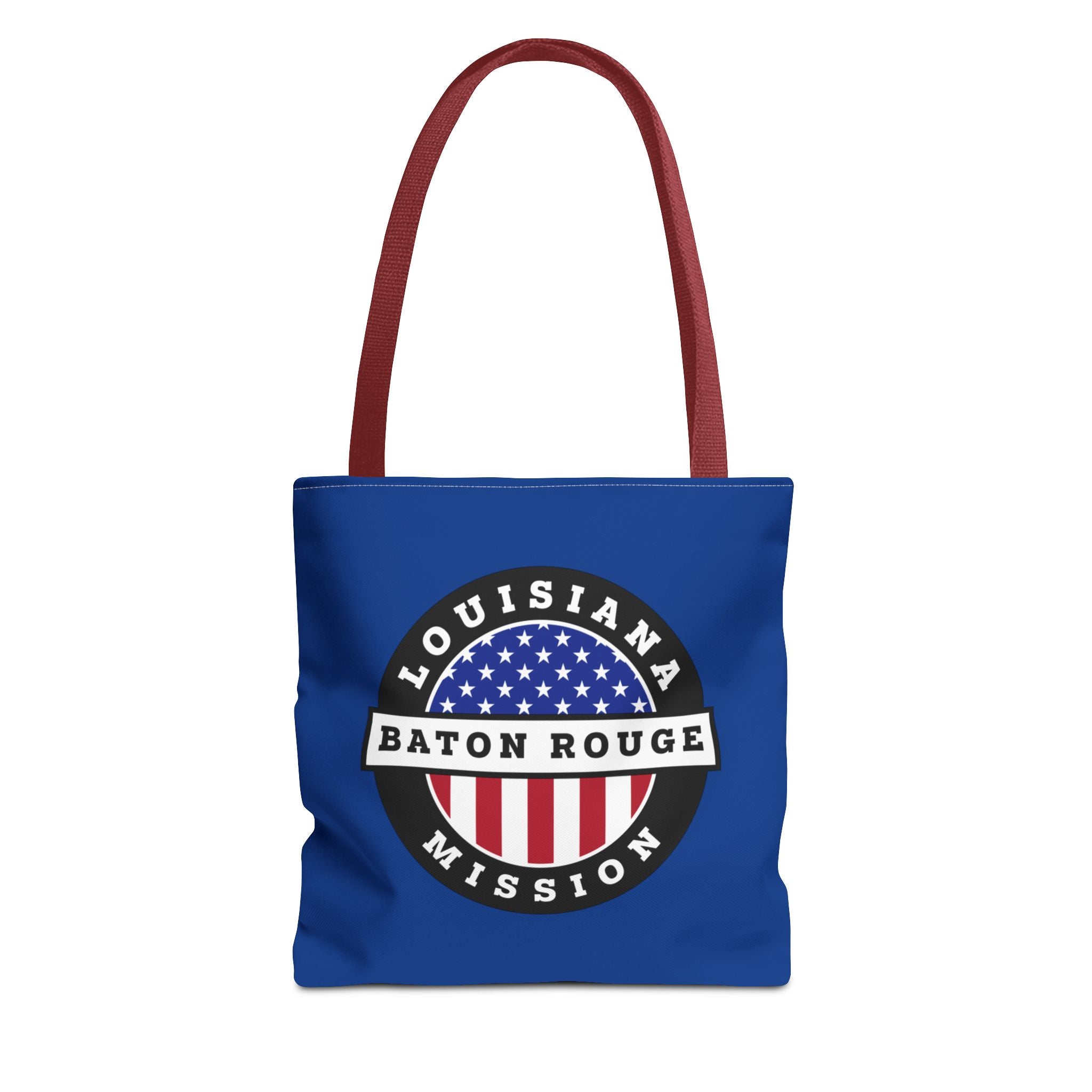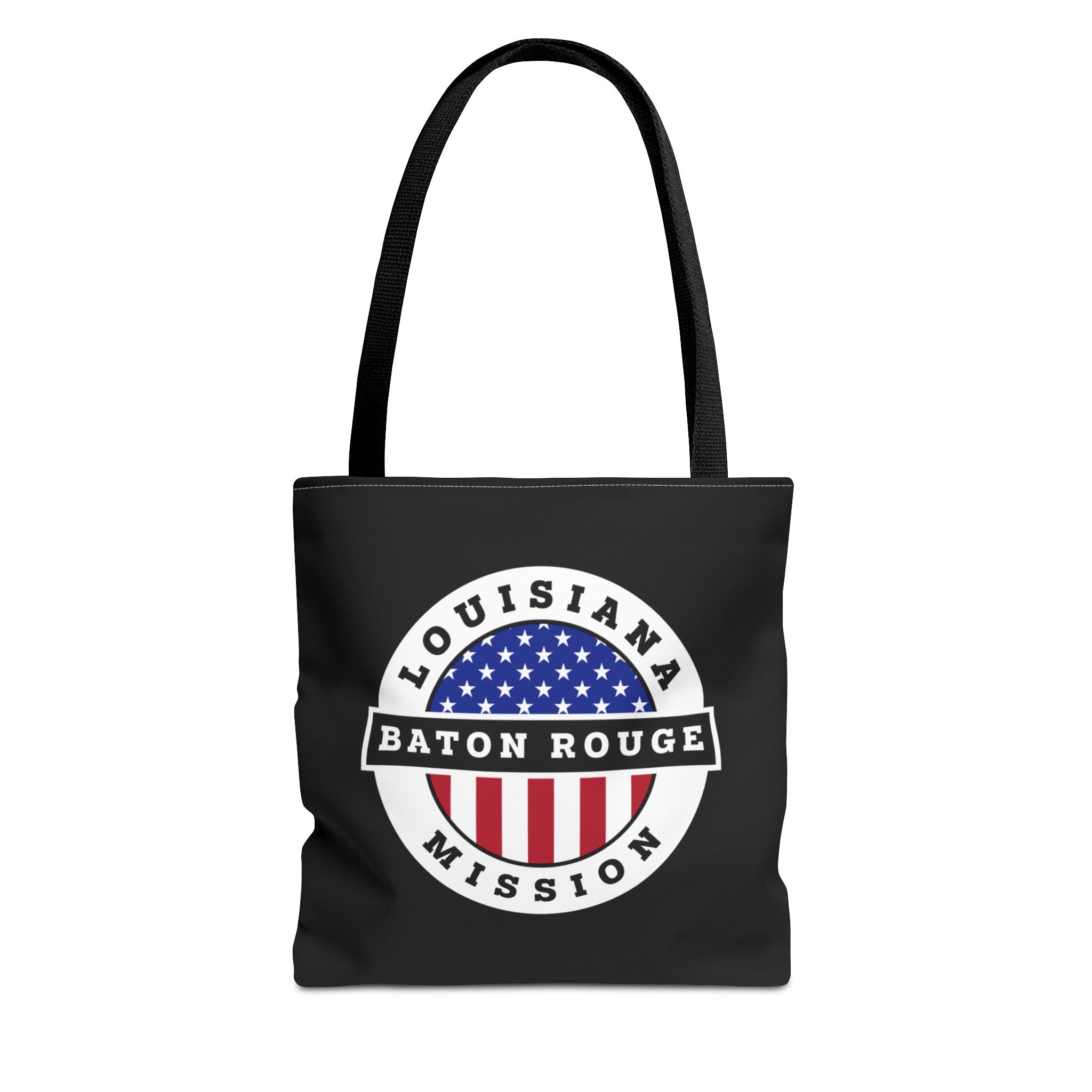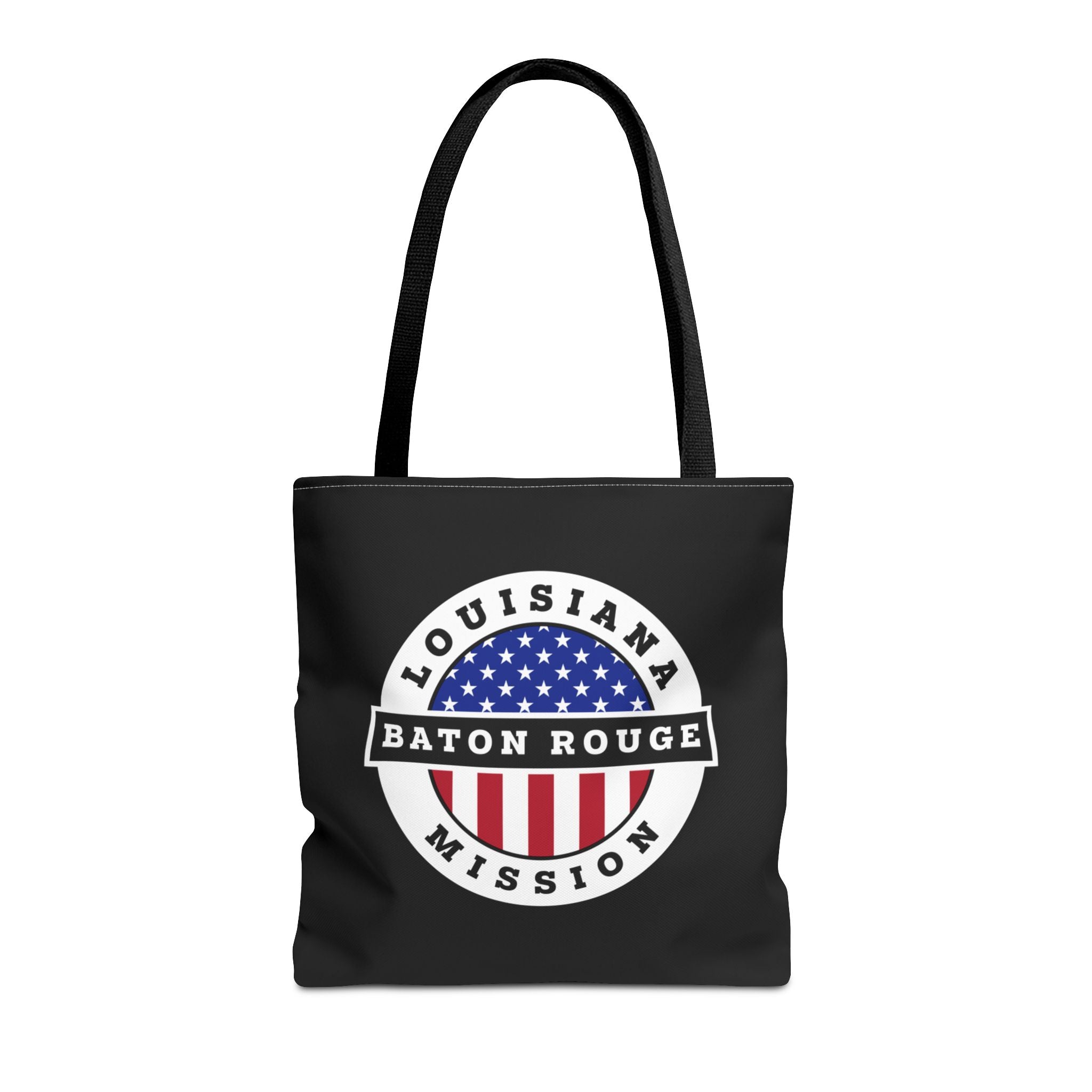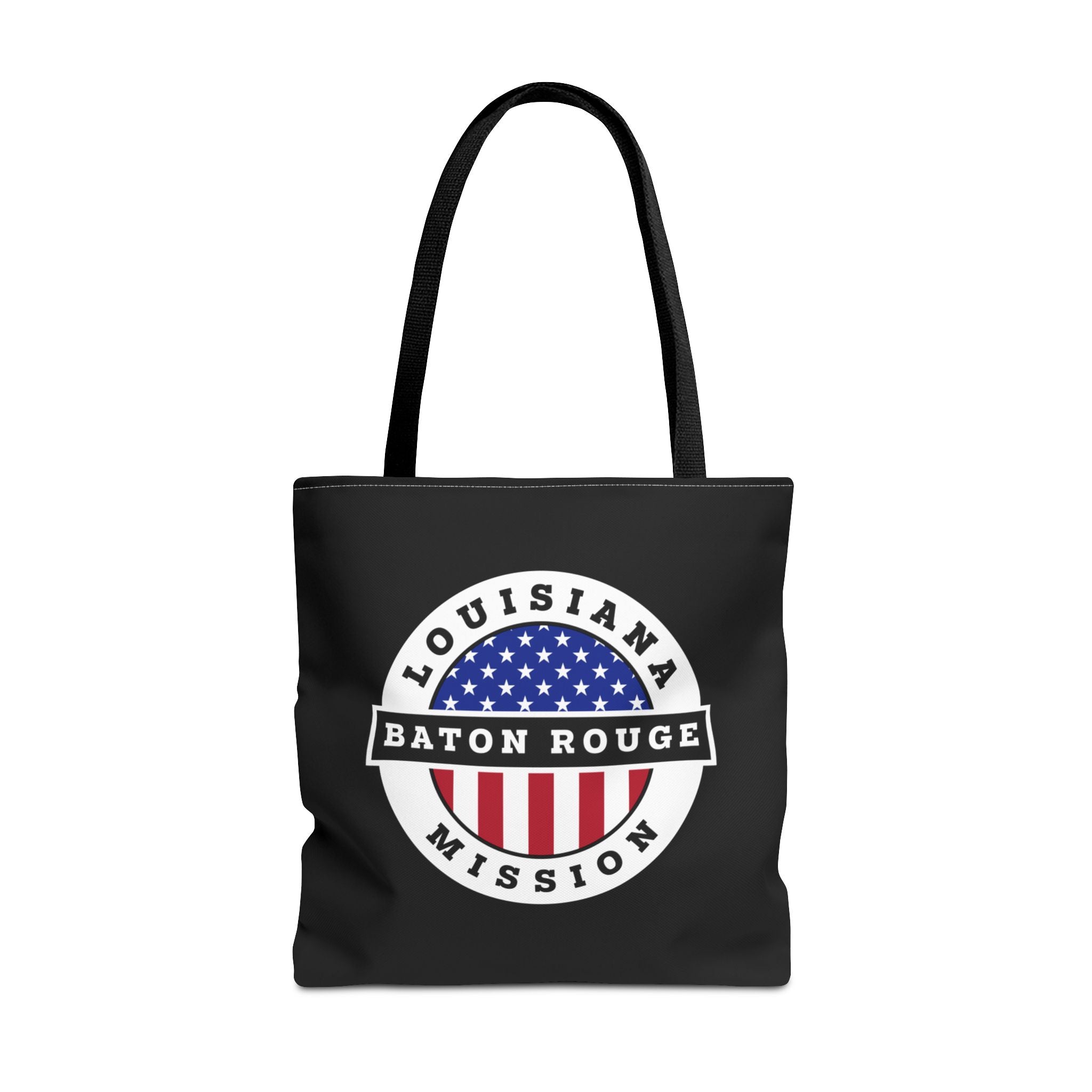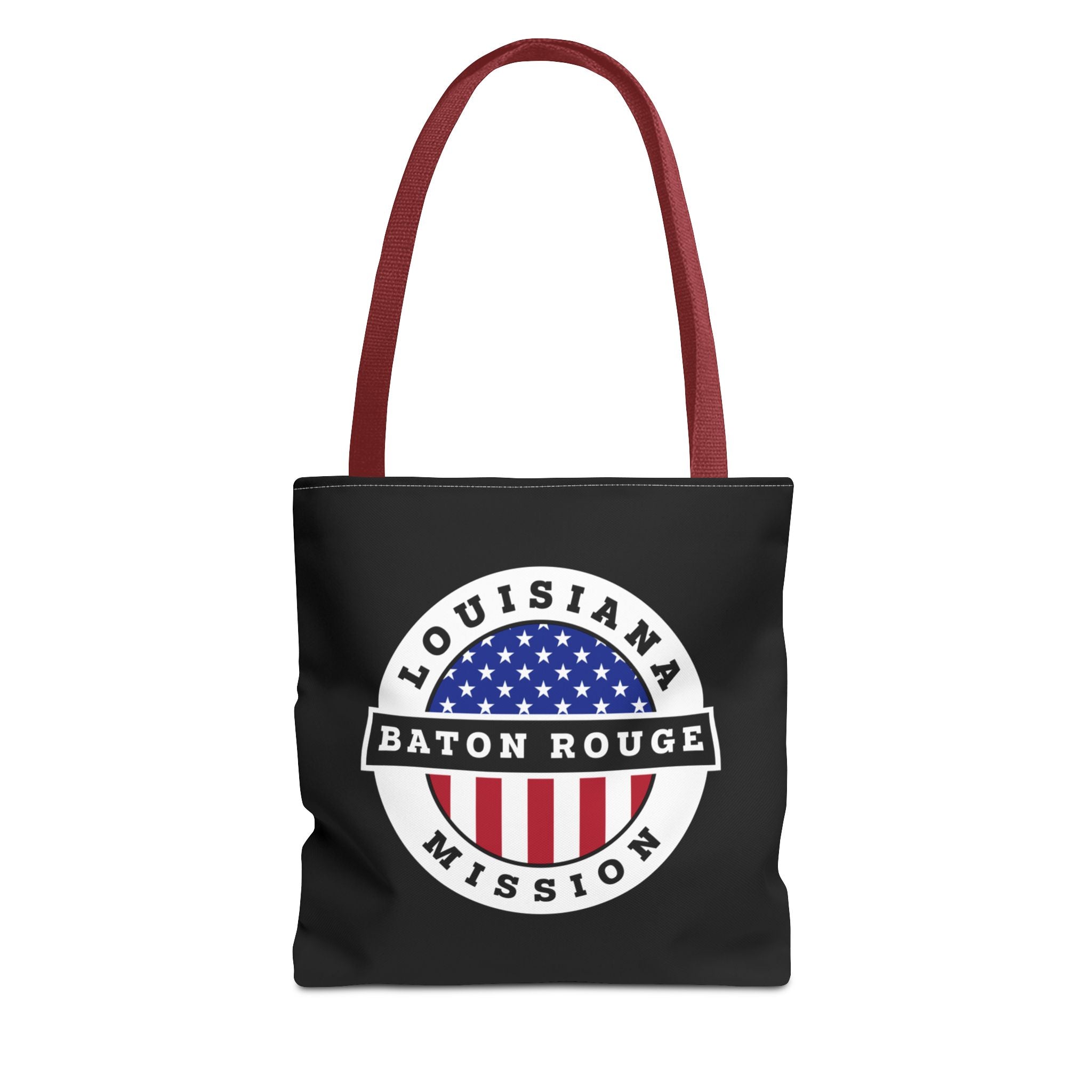In 1841, Joseph Smith, the first President of The Church of Jesus Christ of Latter-day Saints, received a letter from Church members in New Orleans who needed leadership. "Send us Peter, or an Apostle to preach unto us Jesus," they wrote, and they enclosed $10 to help defray expenses. Smith sent Harrison Sagers. Although Sagers faced opposition from the community, those who called for him offered defense, including a group of courageous women who once encircled him as protection from mobs.
In November 1841, New Orleans became the main port of arrival for nearly 17,500 Latter-day Saints emigrating from Europe. They traveled up the Mississippi River to Nauvoo, Illinois; St. Louis, Missouri; or other river ports. After 1846, these port cities were the starting points for their long trek westward.1
Twenty-four Church missionaries labored in Louisiana in 1898, and 110 individuals joined the Church that year. Local Church members continued to labor alongside missionaries in New Orleans for decades before organizing the state’s first official congregation in 1924. The first stake in Louisiana was established in New Orleans in 1955, and the Church continued to grow throughout the state. In 2000, the Church dedicated its first temple in the state, located in Baton Rouge. There are now seven stakes and approximately 30,000 church members in the state. As Louisiana has experienced devastation from hurricanes and flooding in recent years, the state's Latter-day Saints have routinely partnered with community leaders in clean-up efforts, and thousands of Church members from neighboring states have traveled to Louisiana to assist.2
[1] David Buice, “When the Saints Came Marching in: The Mormon Experience in Antebellum New Orleans, 1840-1855,” Louisiana History: The Journal of the Louisiana Historical Association 23, no. 3 (Summer 1982): 221–237, https://www.jstor.org/stable/4232185.
[2] See for example “How Latter-day Saint Helping Hands are serving Hurricane Ida victims in Louisiana,” Living Faith, Church Newsroom, updated September 6, 2021, https://www.thechurchnews.com/living-faith/2021-09-06/helping-hands-serving-hurricane-ida-victims-louisiana-224463.
